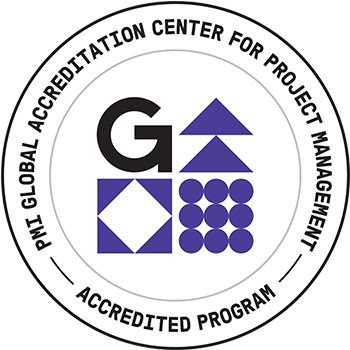The National Nuclear Security Administration (NNSA) is a semi-autonomous agency within the U.S. Department of Energy responsible for maintaining the U.S. nuclear weapons stockpile; reducing global danger from weapons of mass destruction; and providing the U.S. Navy with nuclear propulsion. The NNSA enterprise consists of 6,000 facilities located on 2,160 square miles in seven states. NNSA has the complex challenge of safely operating and modernizing this nuclear security enterprise with over $50 billion in real property assets. This challenge is made more difficult as NNSA’s infrastructure is failing at an increasing frequency due to its age and condition. Half of NNSA’s facilities are over 40 years old, 30 percent date to the Manhattan Project era, and 12 percent are excess. Nearly two-thirds of NNSA’s aging and brittle infrastructure is less than adequate to meet mission needs. This poses an increasingly unacceptable risk to workers, the public, the environment, and the mission. The analytical methods and performance measures NNSA used for the past 70 years to drive decisions are based on financial surrogates that do not capture the relative importance or actual condition of the asset. In the past year, NNSA has deployed innovative, revolutionary management tools to facilitate a data-driven process that leads to risk-informed investment decisions.
Agile Development refers to an iterative, incremental method of managing the design and build activities in order to provide new products in a highly flexible and interactive manner. Agile Development has been used successfully in the software development and information technology arena for several years. NNSA has adapted the best practices of Agile Development and applied them to improving NNSA’s management of its infrastructure portfolio at an enterprise level.
It is a monumental effort to change how a $1.5 billion per year program is managed. But in little over a year, NNSA has revolutionized its infrastructure management and decision-making processes. NNSA has created a standardized, predictable, repeatable, and transparent process and created a common vocabulary to improve communication between HQ and the field and amongst the sites. NNSA has deployed new analytical tools for Enterprise Risk Management (ERM), Mission Dependency Index (MDI), condition assessment analysis (BUILDER), and enterprise information management (G2). Agile Development techniques are at the core of this transformation. This presentation will discuss these new analytical tools and share lessons learned from applying Agile Development techniques to improve program, portfolio, and enterprise management.

